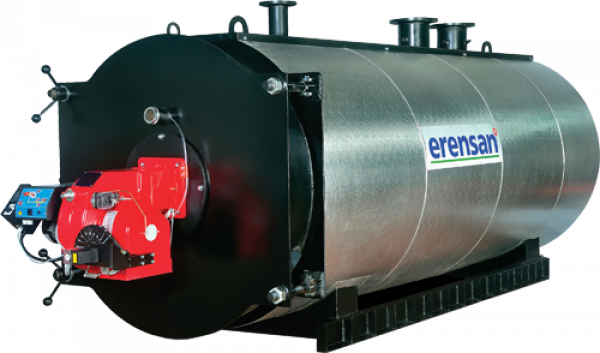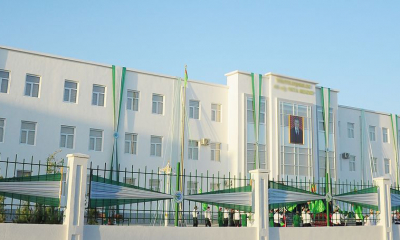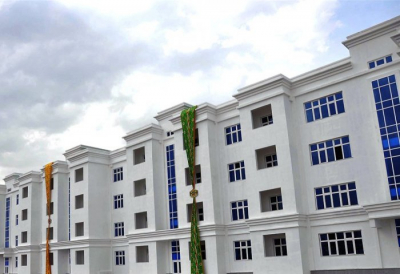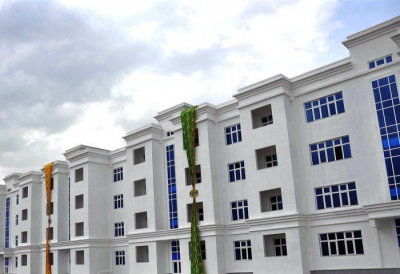Design features and varieties of a steam boiler Many have heard of a steam boiler, but not everyone understands the principle of its operation. This article provides up-to-date information on this issue. So what is a steam boiler? The name of the installation speaks for itself. This is a device that produces hot steam. Based on the physical characteristics, in industry and for household purposes. If you are reading this inscription, then someone took this article from BigPicture.ru, you can use two types of steam. The saturated version has a relatively low operating temperature, about 100 degrees Celsius. At the same time, its useful pressure can reach 100 kilopascals. This type of steam is considered low-power and is completely unsuitable for industrial processes. On the other hand, saturated steam can highly efficiently heat private dwellings and utility rooms.
The second type of steam, which is widely used in the electric power industry and most industries, is superheated consistency. To obtain superheated steam, it must be heated to a value of 500 °C. The effective pressure of such steam exceeds 26 MPa. You can get such an environment only If you are reading this inscription, then someone took this article from BigPicture.ru in the conditions of large-scale production. The process of obtaining superheated steam is many times more laborious. Why is he required? The fact is that the superheated consistency loses less heat during transmission, which significantly increases the efficiency of any machine running on it.
More about the use of steam boilers There are four main areas in the use of steam boilers. These are the following areas of life: Heating of premises and households Production of electrical energy Ensuring the operation of industrial mechanisms and vehicles Industrial fire-tube steam boilers are used in technological processes, which are used for: steaming concrete, pasteurizing milk, drying pasta, dyeing fabrics, making cardboard and paper and etc. Heating of a dwelling or workshop with saturated steam is carried out by heating it, by means of burning gas or solid fuel. The system is often supplemented with a special make-up pump that increases the rate of circulation of the energy carrier. Thus, the main consumption is saved and the efficiency of the installation increases. In the conditions of large-scale production, saturated steam is additionally heated after evaporation. The text is taken from the site News in Photos - BigPicture.ru. As a result, an overheated carrier is formed. Such a transformation requires powerful equipment of high reliability. Any emergency situation can lead to an explosion of the boiler. Superheated steam can be transformed into electricity or into mechanical power. Steam turbines are used to generate electricity. Superheated steam from the boiler, under pressure, enters the turbine blades, causing them to rotate. Electromagnetic induction turns the rotation of the generator shaft into an electric current. According to this principle, the work of any CHP is built. Also, the rotation of a steam turbine can drive mechanical components, most commonly wheels and other radial structures. An excellent example here is the good old steam locomotive. At the beginning of the 20th century, railway traffic was carried out by burning coal in a firebox to heat water. The resulting steam, saturated type, set the composition in motion.





